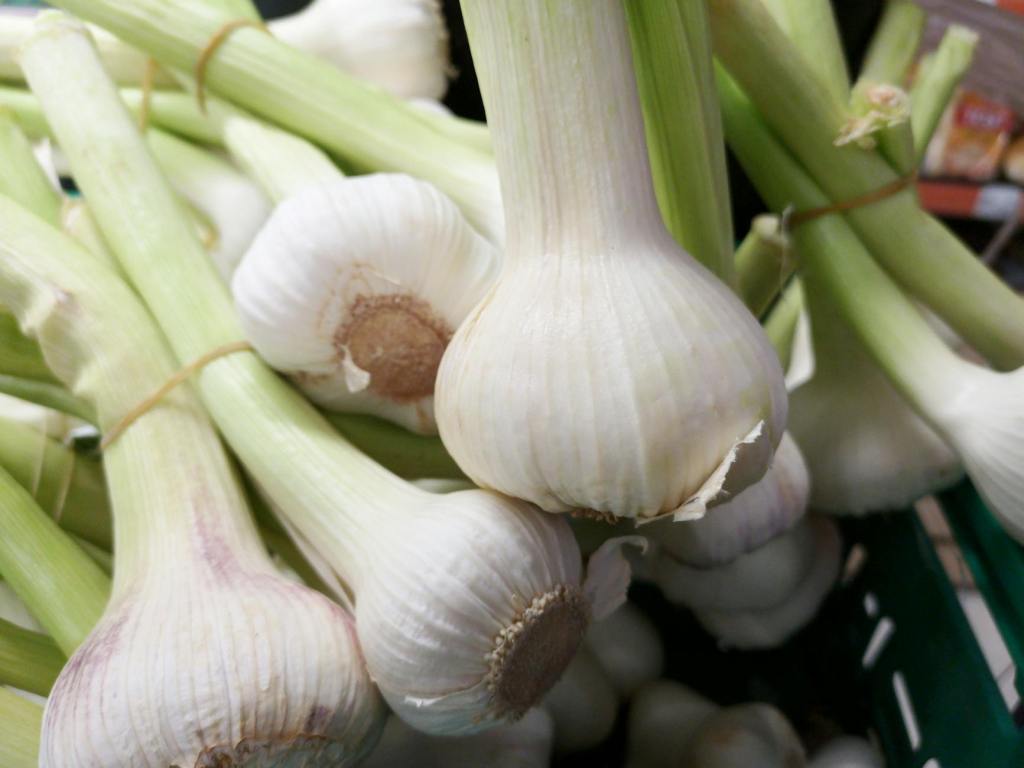Garlic is a versatile and hardy plant that thrives in the cool climates such as the Southern Highlands, NSW. Its unique flavour and numerous health benefits make it a staple in many kitchens. Here’s a guide on when and how to plant and harvest garlic in this region.
Planting Garlic
Best Time to Plant
In the Southern Highlands, the ideal time to plant garlic is from late autumn to early winter, typically from late April to early June. This timing allows the garlic to establish roots before the ground gets too cold, and it ensures the plant has enough time to mature before the hot summer months.
Choosing the Right Garlic Variety
There are two main types of garlic: softneck and hardneck. In cooler climates like the Southern Highlands, hardneck varieties tend to perform better. Some recommended hardneck varieties include:
- Purple Stripe: Known for its vibrant purple hue and robust flavour.
- Rocambole: Offers excellent taste and easy peeling.
- Porcelain: Produces large cloves with a strong flavour.
Preparing the Soil
Garlic prefers well-drained, fertile soil with a pH between 6.0 and 7.0. To prepare your planting bed:
- Loosen the Soil: Use a garden fork or tiller to loosen the soil to a depth of about 30cm.
- Add Organic Matter: Mix in well-rotted compost or aged manure to improve soil fertility and structure.
- Adjust pH if Necessary: If the soil is too acidic, add lime to raise the pH.
Planting Process
- Separate the Cloves: Gently separate the garlic bulb into individual cloves, keeping the papery skin intact.
- Plant the Cloves: Place each clove pointed end up about 5-7cm deep and 15-20cm apart.
- Cover and Water: Cover the cloves with soil and water them well. Mulch with straw or leaves to retain moisture and suppress weeds.
Caring for Garlic
Watering
Garlic needs consistent moisture, especially during its early growth stages. Water regularly to keep the soil evenly moist but not waterlogged.
Fertilizing
Side-dress the garlic with a balanced fertilizer or compost tea every few weeks during the growing season. Avoid high-nitrogen fertilizers as they can encourage excessive leaf growth at the expense of bulb development.
Weeding
Keep the garlic bed weed-free to reduce competition for nutrients and water. Mulching helps in suppressing weeds effectively.
Harvesting Garlic
When to Harvest
Garlic is usually ready for harvest in mid to late summer, around December to January, when the lower leaves begin to yellow and die back, but the upper leaves remain green.
Harvesting Process
- Loosen the Soil: Use a garden fork to gently loosen the soil around the garlic bulbs.
- Pull the Bulbs: Carefully pull the garlic bulbs out of the ground.
- Cure the Garlic: Brush off excess soil and lay the bulbs out in a single layer in a dry, airy place out of direct sunlight to cure. This process typically takes 2-3 weeks and helps the garlic to develop its full flavour and storage potential.
Storing Garlic
Once cured, trim the roots and cut back the stalks to about 2.5cm. Store the garlic in a cool, dry, and well-ventilated place. Properly cured and stored garlic can last for several months.
Tips for Success
- Rotate your garlic crops each year to prevent soil-borne diseases.
- Avoid planting garlic in the same spot where other alliums (onions, leeks) have grown in the past 2-3 years.
- Inspect your garlic regularly for signs of pests or diseases, and take action promptly if needed.
Growing garlic in the Southern Highlands, NSW, is a rewarding experience that yields a flavourful and healthy crop. By planting at the right time, choosing suitable varieties, and following good gardening practices, you can enjoy a bountiful harvest of this beloved kitchen staple.
